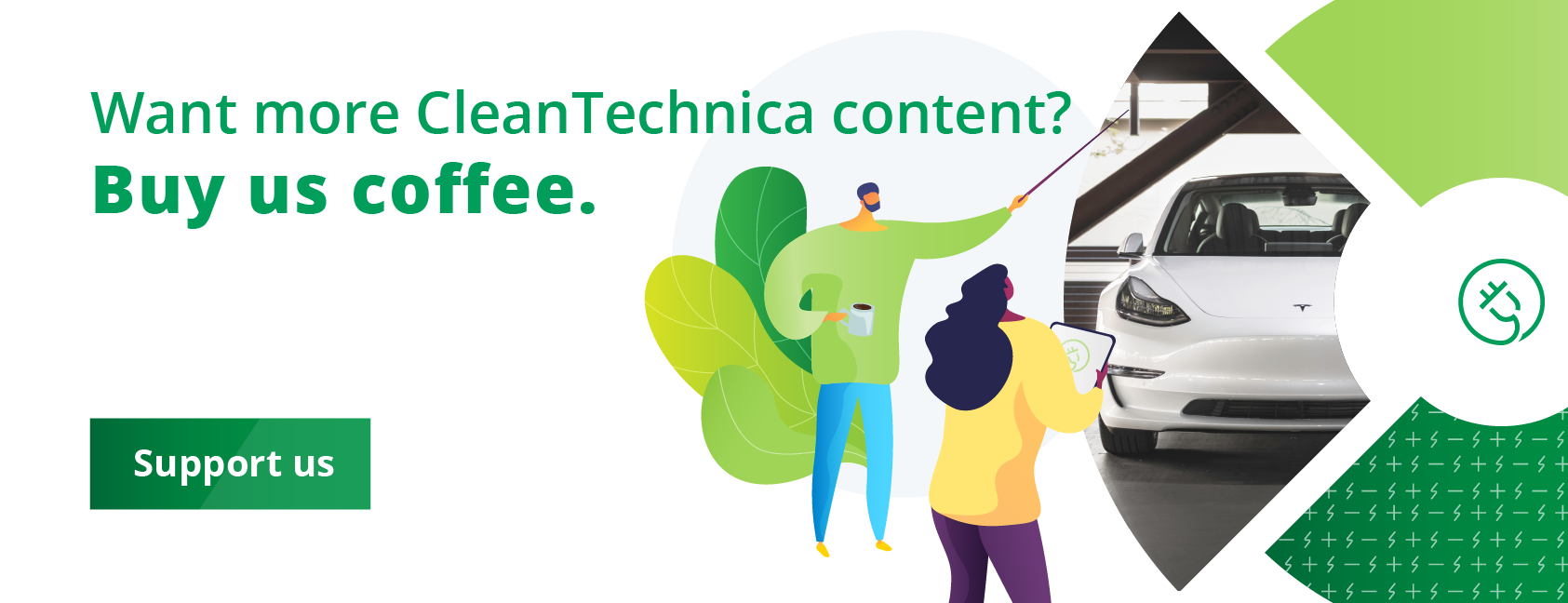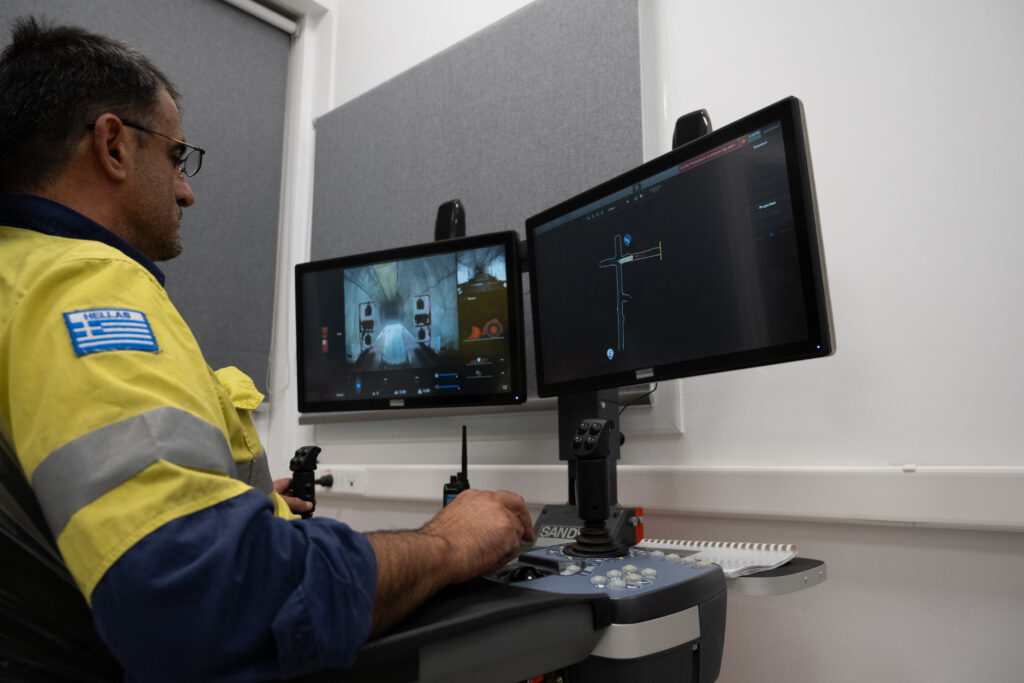
Stellantis is ramping up its activities on the African continent. Stellantis already has a manufacturing presence on the African continent, but it looks like it now wants to grow its footprint on the continent. The Citroen AMI, an all-electric small city car, is made in Morocco and exported to several European countries. It is also used locally by companies such as the Morocco Post for last-mile deliveries. It has a sibling called the Opel Rocks-e, which is produced at Stellantis’ plant in Kenitra, Morocco. Fiat’s Topolino is the latest cool sibling of the family.
Earlier this year, Stellantis signed a Memorandum of Understanding with the Industrial Development Corporation and the Department of Trade, Industry and Competition to develop a manufacturing facility in South Africa. Last November, Stellantis also signed an automotive specification agreement with the Algerian Investment Promotion Agency ratifying the framework agreement signed on October 13, which launched the development of industrial, after-sales, and spare parts activities for Fiat, one of Stellantis’ iconic brands, as well as the development of the automotive sector in Algeria. This is part of a first wave of investments from Stellantis and its suppliers that will total over €200 million to manufacture four models.
The Tafraoui–Oran plant construction phase will be completed by August 2023, and production for the first Fiat 500 is planned by the end 2023. By 2026, the plant will create nearly 2,000 new local positions and reach a localization rate of over 30% and a production capacity of 90,000 vehicles per year, ultimately producing four Fiat models. To ensure a high level of service for Algerian customers, the sales and after-sales network will cover 28 Wilayas in Algeria by the end 2023.
We reached out to Stellantis to get more insights into its plans on the African continent. Here are some of the responses from Stellantis:
CT: Will you make the Fiat 500e in Algeria or South Africa?
Stellantis: We have announced the production of the Fiat 500 in Algeria. As far as South Africa is concerned, no announcements have been made regarding the models that will be produced.
CT: What is your overall electric mobility strategy for Africa?
Stellantis: In Middle East Africa region, we are able to benefit from the global EV strategy and are ready to offer the most suitable Electric and Hybrid mobility solutions that meet the requirements of our customers and stakeholders. We are working with the local authorities in markets where we operate to build a local strategy that meets our global EV goals. By 2030, we have the ambition to reach 25% of LEV MIX while all our launches will have an EV version.

Well, it looks like last mile delivery applications are part of Stellantis’ plans based on the recent announcement by Stellantis Middle East & Africa stating that the electric Citroen AMI is setting its path in Africa with postal entities. Already, Poste Maroc, Morocco’s postal service company, is utilizing the Citroen AMI. Stellantis and Poste Maroc recently showcased the AMI as an efficient electric mobility solution for postal services in Africa at the recently held Africa Postal Forum in Morocco. Stellantis also showcased the Citroen AMI in Abijan, Ivory Coast, at the African Postal Leaders Forum last week. Stellantis says that together with its partners in the sector, they are proud to champion eco-friendly and efficient mobility in the postal industry, and shaping a greener future for Africa.
AMI is made in Africa in Morocco. It would be really good to see it deployed all over Africa for these last mile delivery applications, such as in the postal services, but also in the general last mile logistic sector as the online shopping and on demand delivery sector grows. I am a huge fan of right-sizing delivery vehicles. I get really worried when I see a huge diesel delivery vehicle coming to drop off a small package at my home.
I don’t like paywalls. You don’t like paywalls. Who likes paywalls? Here at CleanTechnica, we implemented a limited paywall for a while, but it always felt wrong — and it was always tough to decide what we should put behind there. In theory, your most exclusive and best content goes behind a paywall. But then fewer people read it! We just don’t like paywalls, and so we’ve decided to ditch ours. Unfortunately, the media business is still a tough, cut-throat business with tiny margins. It’s a never-ending Olympic challenge to stay above water or even perhaps — gasp — grow. So …




